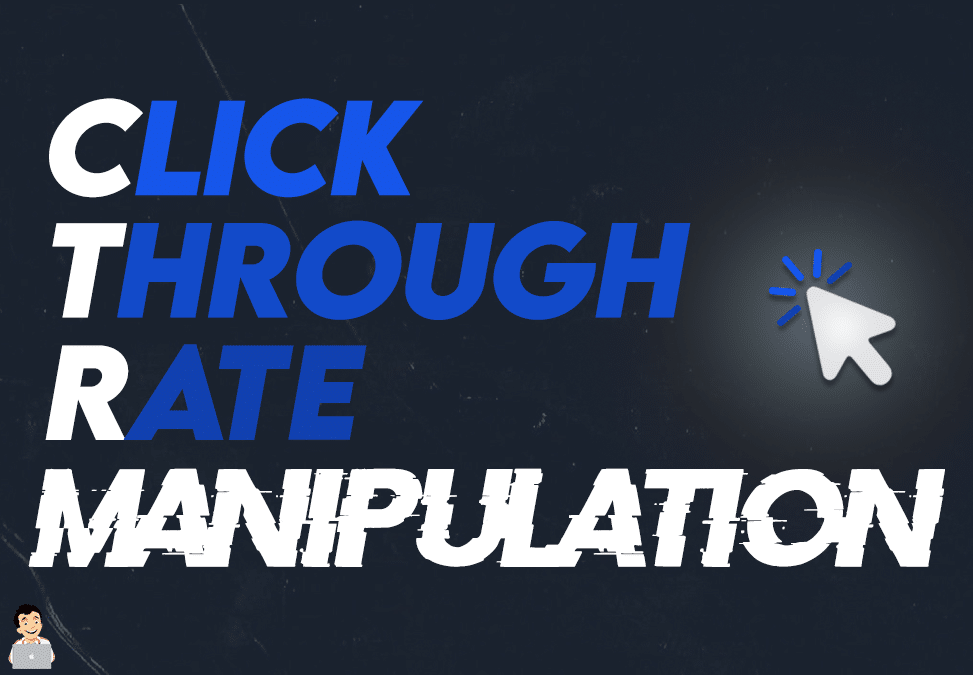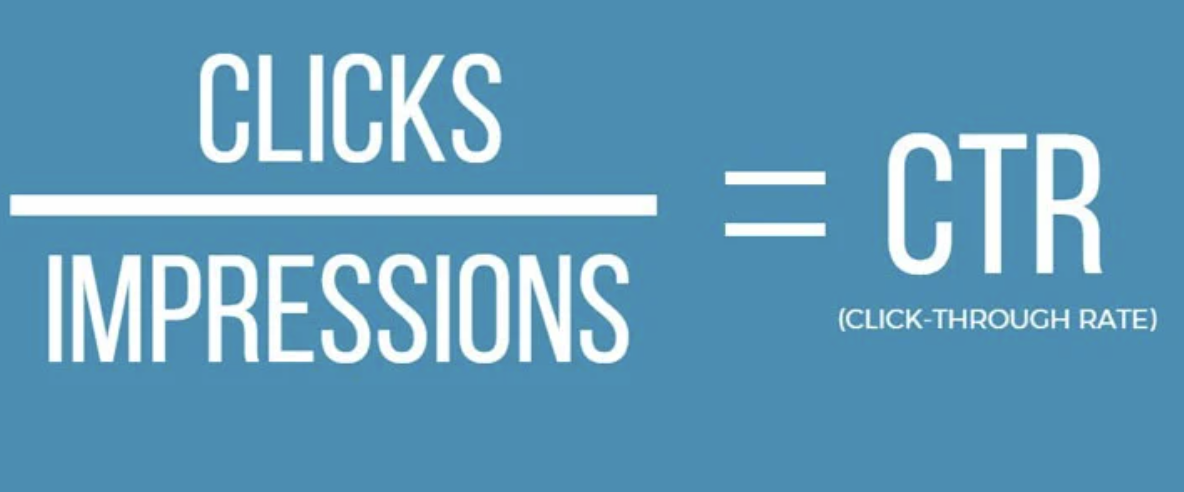Professional CTR Manipulation Service for Better Organic Click-Through Rates
Professional CTR Manipulation Service for Better Organic Click-Through Rates
Blog Article
Accomplish Greater Ad Success With Strategic CTR Adjustment
In the world of digital advertising and marketing, attaining better success pivots dramatically on the strategic adjustment of click-through prices (CTR) By fine-tuning different project aspects-- ranging from ad copy to visual charm-- marketers can enhance interaction and drive conversions. However, this quest of raised CTR must be balanced with honest factors to consider and market regulations to foster trust and make certain lasting success. As we discover the nuances of CTR optimization, it comes to be evident that the path to reliable marketing campaign is more complicated than it shows up, exposing essential insights that can transform your method.
Understanding Click-Through Rate
Click-through price (CTR) is an essential efficiency metric that measures the effectiveness of digital advertising campaigns by measuring the ratio of users who click a particular link to the number of total individuals who view the connected material. This metric acts as an indication of how well a project resonates with its target audience, mirroring the charm of the content and its call-to-action.
CTR is typically revealed as a portion, determined by splitting the number of clicks by the number of perceptions and increasing by 100. A higher CTR shows that users discover the content appealing and relevant, while a lower CTR might suggest a demand for improvement in content high quality, targeting, or presentation.
Moreover, CTR can vary significantly across various platforms and formats, such as email advertising, social media, and display ads. Analyzing CTR along with other metrics, such as conversion rate and involvement level, provides deeper understandings right into user behavior and general project efficiency.
Importance of CTR in Advertising And Marketing

In addition, CTR plays a vital duty in optimizing advertising expenses. Advertising platforms, such as Google Advertisements and Facebook Advertisements, make use of CTR as a crucial factor in determining advertisement placement and cost-per-click (CPC) A higher CTR can bring about reduced CPCs, maximizing budget plan performance and boosting return on investment (ROI)

Methods for CTR Optimization
Maximizing Click-Through Rate (CTR) is vital for marketers looking for to boost the efficiency of their projects. Carrying out targeted strategies can significantly boost CTR, inevitably bring about far better advertisement efficiency.
To start with, refining advertisement duplicate is essential. Crafting compelling headings and clear phone calls to action (CTAs) can attract individuals' focus and motivate clicks. Using action-oriented language and stressing worth proposals can efficiently reverberate with the target audience.
Secondly, employing A/B testing is crucial. By try out different elements such as visuals, copy, and positioning, advertisers can identify which mixes yield the greatest CTR. This data-driven method allows constant optimization of ad web content.
Finally, optimizing targeting parameters is key. By narrowing the audience based on demographics, interests, and habits, advertisers can ensure their advertisements get to those most likely to engage, consequently raising the probability of clicks.
Finally, leveraging aesthetic aspects can enhance involvement. Attractive images or video clips that match the advertisement message can draw attention and boost CTR.
Assessing CTR Performance Metrics
Comprehending the subtleties of CTR performance metrics is vital for marketers aiming to determine the effectiveness of their projects. Click-through rate (CTR) works as an essential sign of audience This Site interaction, showing the proportion of individuals that communicate with an advertisement family member to how many times it was displayed. A high CTR generally recommends that the advertisement resonates well with its target market, while a reduced CTR may indicate a need for calculated modifications.
To analyze CTR performance properly, advertisers ought to consider numerous variables, including the positioning of the advertisement, the significance of the content, and the target market. Segmenting information by tool kind or geographic location can provide deeper insights into individual habits and choices. Comparing CTR throughout various campaigns and systems can aid recognize best-performing approaches and areas for renovation.
On a regular basis monitoring and analyzing these metrics enables marketers to make data-driven decisions, enhancing their advocate improved performance. By understanding the context behind CTR numbers, advertisers can fine-tune their messaging and creative approaches, ultimately driving better outcomes and attaining better advertisement success.
Moral Considerations in CTR Control

In addition, advertisers need to think about the effects of targeting at risk populaces - CTR Manipulation Press Release. Manipulative approaches that make use of psychological triggers or create incorrect seriousness can bring about customer backlash and moral analysis. Rather, advertisers should concentrate on supplying genuine value through pertinent web content that resonates with their target market
Furthermore, adhering to industry guidelines and standards is extremely important. Participating in deceptive techniques not only risks legal repercussions yet additionally threatens the integrity of the advertising and marketing community. By cultivating an environment of sincerity and liability, advertisers can improve their CTR while preserving ethical standards. Eventually, a commitment to ethical techniques not only sustains sustainable business development but also grows lasting partnerships with customers grounded in trust and regard.
Final Thought
To conclude, critical control of click-through rates (CTR) is vital for boosting advertisement efficiency and driving conversions. By using techniques such as polished ad copy, compelling visuals, and targeted A/B testing, marketing professionals can efficiently involve target markets. Nonetheless, it is essential to support moral standards, making certain that promotions properly stand for items and maintain openness. Sticking to these concepts read the full info here not only cultivates consumer depend on yet also adds to sustainable development within the advertising and marketing landscape.
Report this page